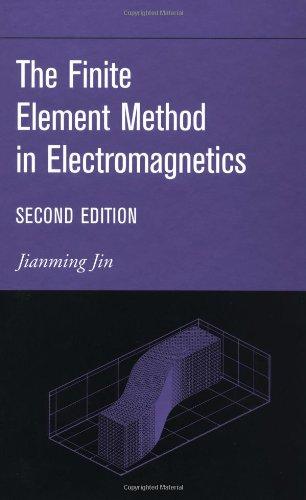Question 1 (1 point) Where do we find the transition region in the Sun? Question 1 options: 1) Between the core and the radiative zone
Question 1 (1 point)
Where do we find the transition region in the Sun?
Question 1 options:
| 1) | Between the core and the radiative zone |
|
| 2) | Between the radiative zone and the convective zone |
|
| 3) | Between the convective zone and the photosphere |
|
| 4) | Between the photosphere and the chromosphere |
|
| 5) | Between the chromosphere and the corona |
|
Question 2 (1 point)
The volume of the Sun is approximately how many times larger than the volume of the Earth
Question 2 options:
Question 3 (1 point)
What are solar prominences?
Question 3 options:
| 1) | Relatively dark features on the surface of the photosphere. |
|
| 2) | Regions in the chromosphere with higher densities and temperatures than their surroundings. |
|
| 3) | A large, bright, gaseous feature that appears above the solar surface extending into the corona. |
|
| 4) | A sudden and temporary outburst of electromagnetic radiation from an extended region of the solar surface. |
|
| 5) | Solid objects in the solar atmosphere that emit calcium and hydrogen spectral lines. |
|
Question 4 (1 point)
How do magnetic fields contribute to forming sunspots?
Question 4 options:
| 1) | The photosphere is only visible when magnetic fields are weak. |
|
| 2) | Convection creates magnetic fields. |
|
| 3) | Magnetic fields create convection. |
|
| 4) | Stronger magnetic fields enhance convection. |
|
| 5) | Stronger magnetic fields inhibit convection. |
|
The reddish color of the chromosphere is caused by what phenomenon?
Question 5 options:
| 1) | Hydrogen absorption line |
|
| 2) | Hydrogen emission line |
|
| 3) | Helium absorption line |
|
| |
| |
Question 6 (1 point)
What makes neutrinos most difficult to study?
Question 6 options:
| 1) | The particles are very small. |
|
| 2) | The particles are very large. |
|
| 3) | The particles have too little energy. |
|
| 4) | The particles have too much energy. |
|
| 5) | The particles rarely interact with matter. |
|
| 6) | The particles interact too often with other particles. |
|
Question 7 (1 point)
What is a joule?
Question 7 options:
Question 8 (1 point)
Why is a very small amount of mass equivalent to a very large amount of energy?
Question 8 options:
| 1) | Energy takes up more space than mass. |
|
| 2) | Mass takes up more space than energy. |
|
| 3) | Mass is easier to detect than energy. |
|
| 4) | All forms of mass move at the speed of light. |
|
| 5) | The speed of light is a very large number. |
|
Question 9 (1 point)
Why doesn't the Sun produce a significant amount of energy through the carbon-nitrogen-oxygen cycle?
Question 9 options:
| |
| |
| |
| |
| 5) | The Sun doesn't contain any carbon, nitrogen or oxygen. |
|
Question 10 (1 point)
What is plasma?
Question 10 options:
| |
| |
| 3) | The primary elements making up the Sun and all other stars. |
|
| 4) | A thick gooey substance. |
|
| |






